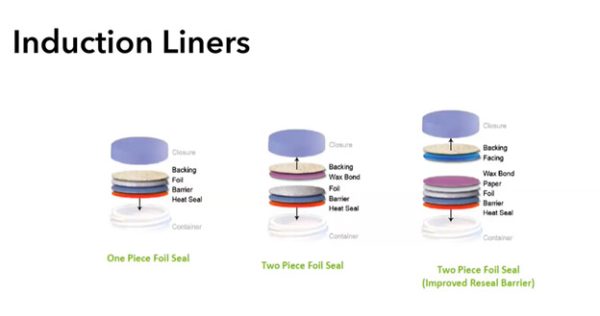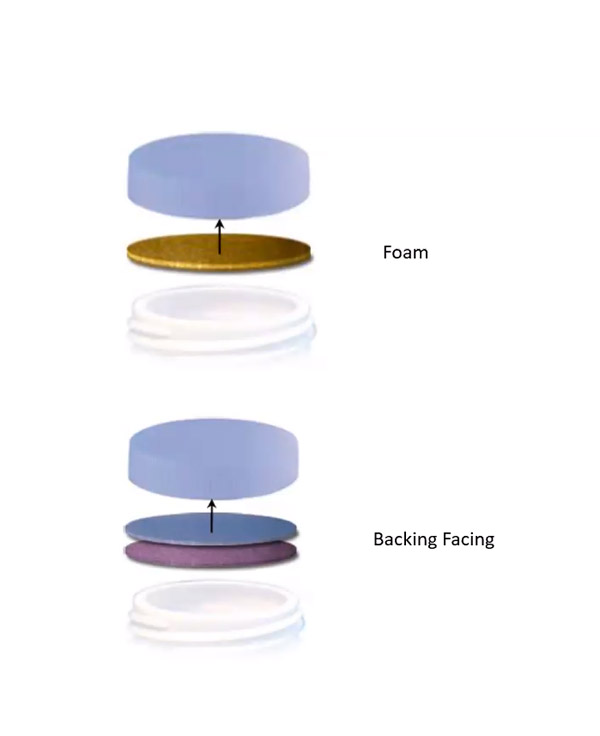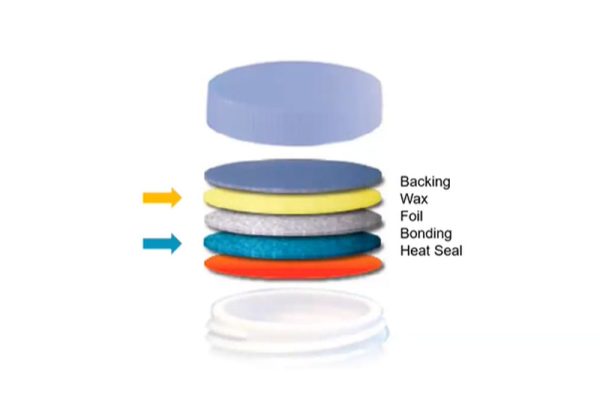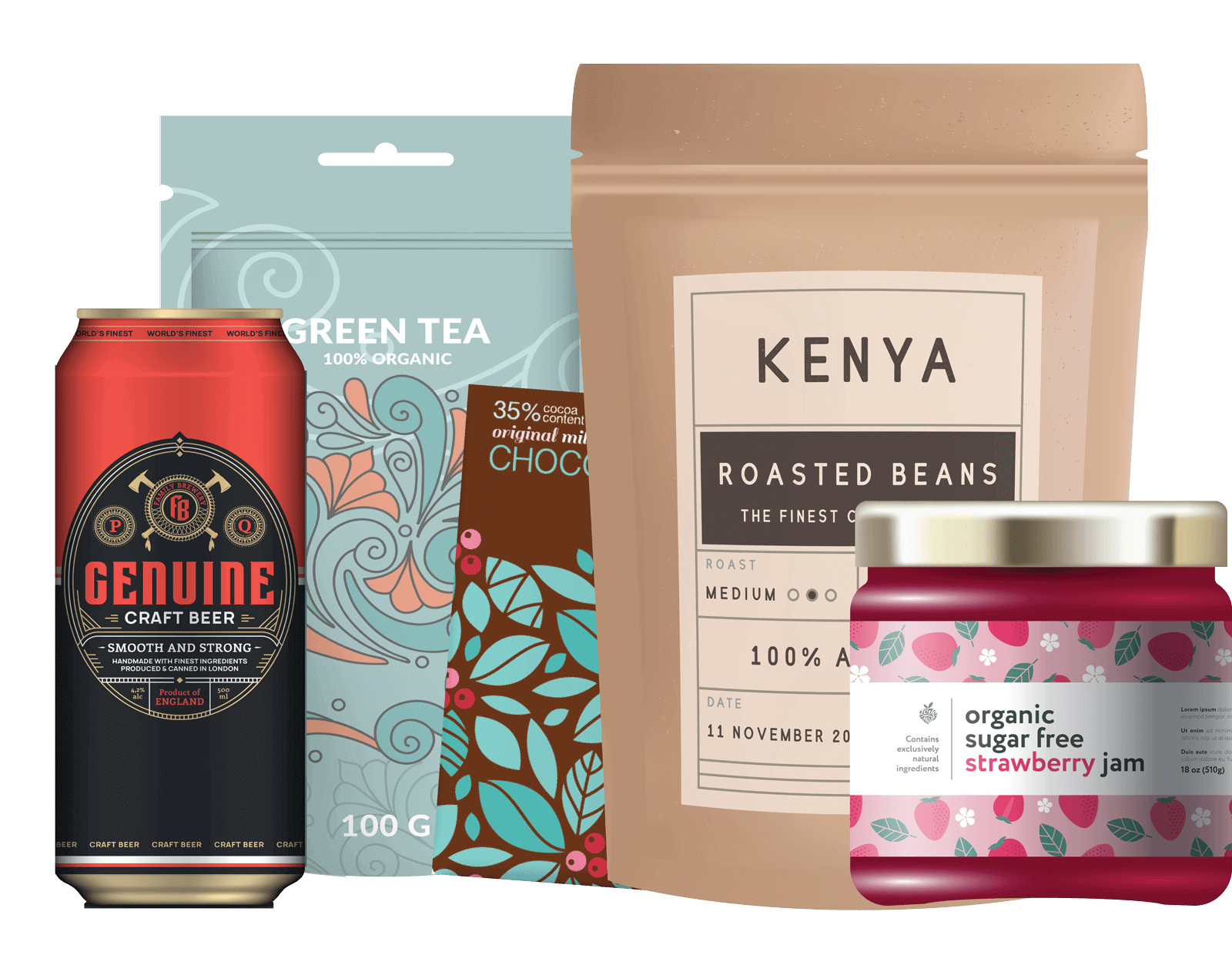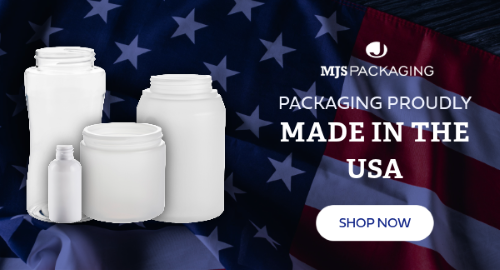While packaging materials and design often steal the limelight, the liner plays a vital role in ensuring product integrity, quality and protection. Whether you’re a packaging professional looking to enhance your knowledge or a business owner seeking to make informed decisions about your packaging solutions, Part 1 and 2 of this blog post are your comprehensive guide to understanding the role of liners in packaging. To watch the full presentation, please visit our Webinar and resources page.
As we delve into this essential aspect of packaging, we will explore the crucial role a liner plays in preserving the contents of a package and preventing potential mishaps during transit. We will also discuss the various types of liners available, shed light on the common challenges and mistakes associated with liners in packaging and show how to avoid them.
The Role of a Liner & Liner Types
The liner is used for product safety and security, as well as to prevent leaking and extend the overall shelf-life of a product. The core uses of a liner can be broken down in the following ways:
Barrier Protection: One of the primary functions of a liner is to create a barrier between the product and its external environment. This barrier helps prevent the ingress of moisture, air and other contaminants that can degrade the product’s quality. For instance, in the food industry, liners can prevent moisture from spoiling the contents.
Product Integrity: Liners play a vital role in preserving the integrity of the product. They prevent leakage, spillage or cross-contamination that can occur during transportation or storage. This is particularly critical for liquid products.
Tamper-Evidence: Many liners provide an added layer of security for consumers. They ensure a product hasn’t been opened or tampered with before purchase. This is crucial in industries where product safety and consumer trust are paramount such as pharmaceuticals, nutraceuticals and food.
Extended Shelf Life: Liners can extend the shelf life of products by minimizing exposure to external elements that can accelerate deterioration. For example, in the cosmetics industry, container liners can prevent air and moisture from causing premature product spoilage.
Odor Control: Some products are sensitive to odors or need to retain their own aroma. Liners can be designed to lock in specific scents or block out unwanted odors, ensuring the product reaches consumers in the desired condition.
Basic Liner Types
When looking at the available basic liner types, it’s essential to look at the two categories each liner falls into — induction and non-induction.
Induction Liners
There are many types of induction liners to choose from based on the product and container requirements. They preserve product freshness, prevent tampering and protect against contamination in various industries including food & beverage, pharmaceuticals and chemicals.
Induction liners ensure the integrity of the packaged product by forming a secure, tamper-evident seal and are also the best choice when leakage must be avoided. This makes it the number one choice for eCommerce products but also requires an induction sealing machine to create the airtight seal between the container and its closure.
Induction liners include many different variations but usually fall into two different categories when it comes to structure:
- A one-piece foil seal
- A two-piece foil seal
A one-piece foil seal consists of a layer of foil with backing material (usually pulp or foam). The backing can be printed with branding or information. The foil is heated up during the induction process. The heat seal layer needs to be compatible with the container material. The induction sealing process ensures product freshness, prevents leakage and deters tampering; commonly used in industries like food & beverage and pharmaceuticals.
A two-piece foil seal is comprised of the same components of a one-piece foil seal on the base, but with the addition of a layer of wax between the foil and the backing material. The layer of wax bonds the pulp that will be retained within your closure. You will then have pulp left in your cap and foil left on the container after the heating process.
As illustrated above, another version of the two-piece liner provides a reseal barrier, which requires extra layers to ensure that the wax layer absorbs down into the additional paper material beneath it, leaving you with a suitable gasket liner.
Non-Induction Liners
With non-induction seal liners, they don’t require any additional equipment. They don’t provide tamper evidence, but they can provide a barrier layer or some chemical resistance depending on the construction. Other types such as gasket liners include a valve or plug seal to create an airtight seal between a container and its closure. These liners are designed to prevent the ingress of air, moisture, contaminants and odors into the packaged product to keep the product fresh and protected.
A polycone liner, or a polyethylene cone liner, provides an additional seal or closure inside a glass container’s cap or closure. These liners are commonly used in containers that store essential oils, pharmaceuticals and chemicals.
A pressure-sensitive liner consists of a foam or paper backing coated with an adhesive layer. Their main function is to adhere to a container’s rim when applying pressure to create a seal and they do not require heat induction equipment. Used for various products, including cosmetics, pharmaceuticals, spices and nutraceuticals, they are suitable for both glass and plastic containers. Pressure-sensitive liners do not comply with FDA Tamper Evident Regulations and offer no cost savings over induction seals. They eliminate the need for equipment but can be challenging for manufacturers to store and use. They should only be used for dry products because liquid would seep out the areas in between the adhesive dots.
Tab Options
Induction liners with tabs include a pull tab or extended tab attached to the foil seal. These can be incorporated across all three induction seal liner types. The tab makes it easier for consumers to remove the liner when opening the container. However, adding tabs may increase production costs.
Induction Liner Removal Characteristics
Clean-peel and welded seal induction liner removal are two different methods of opening induction-sealed containers, each serving specific purposes.
Clean-Peel Removal
Purpose: Clean-peel removal is designed for easy and residue-free opening of sealed containers. It is commonly used for consumer products where a smooth, mess-free opening experience is essential.
How it Works: When the consumer applies force to the tab or the container’s edge, the foil seal cleanly peels away from the container, leaving minimal to no residue behind. This ensures a hygienic and user-friendly opening process.
Use Cases: Clean-peel removal can be suitable for food & beverage or pharmaceuticals and any products where a tidy opening is desired. However, these are not tamper evident.
Welded Seal Removal
Purpose: Weld bond induction seals are designed to fuse with the land area of the container making it impossible to peal the liner off. These liners offer tamper evidence as they will leave liner material on the land area of the container after opening. Consumers must puncture through the liner to gain access to the product.
How it Works: The user applies force by puncturing the liner, causing the foil or paper seal to separate from the container’s rim. This method leaves residue on the rim.
Use Cases: Weld bond is commonly used in industrial or commercial applications where a clean opening is not a primary concern, but maintaining the seal’s integrity is crucial. This includes pharmaceutical and nutraceutical products. The FDA requires visual indication that the liner was at one time sealed, and the remaining residue is proof of the seal.
Foil SealTM Bonding Layers
Ensuring the correct seal is applied is crucial. The layers are either extrusion laminated or solvent based. Liners using the extrusion laminated process are a better choice for highly acidic, aggressive products. For two-piece liners, a paraffin wax heats up, melts and absorbs up into the backing material.
Your Resource in Liner Choice
Whether you’re a seasoned packaging professional or a new business owner, understanding the intricacies of liner types – from induction to non-induction, clean-peel to welded seal removal – is vital for making informed decisions that align with your product needs and industry standards. Part 2 of this two-part article will cover how to make the right liner choice and common mistakes and challenges that are made. For more insights and tailored solutions to liner types, reach out to our experts or visit the MJS Packaging website.



